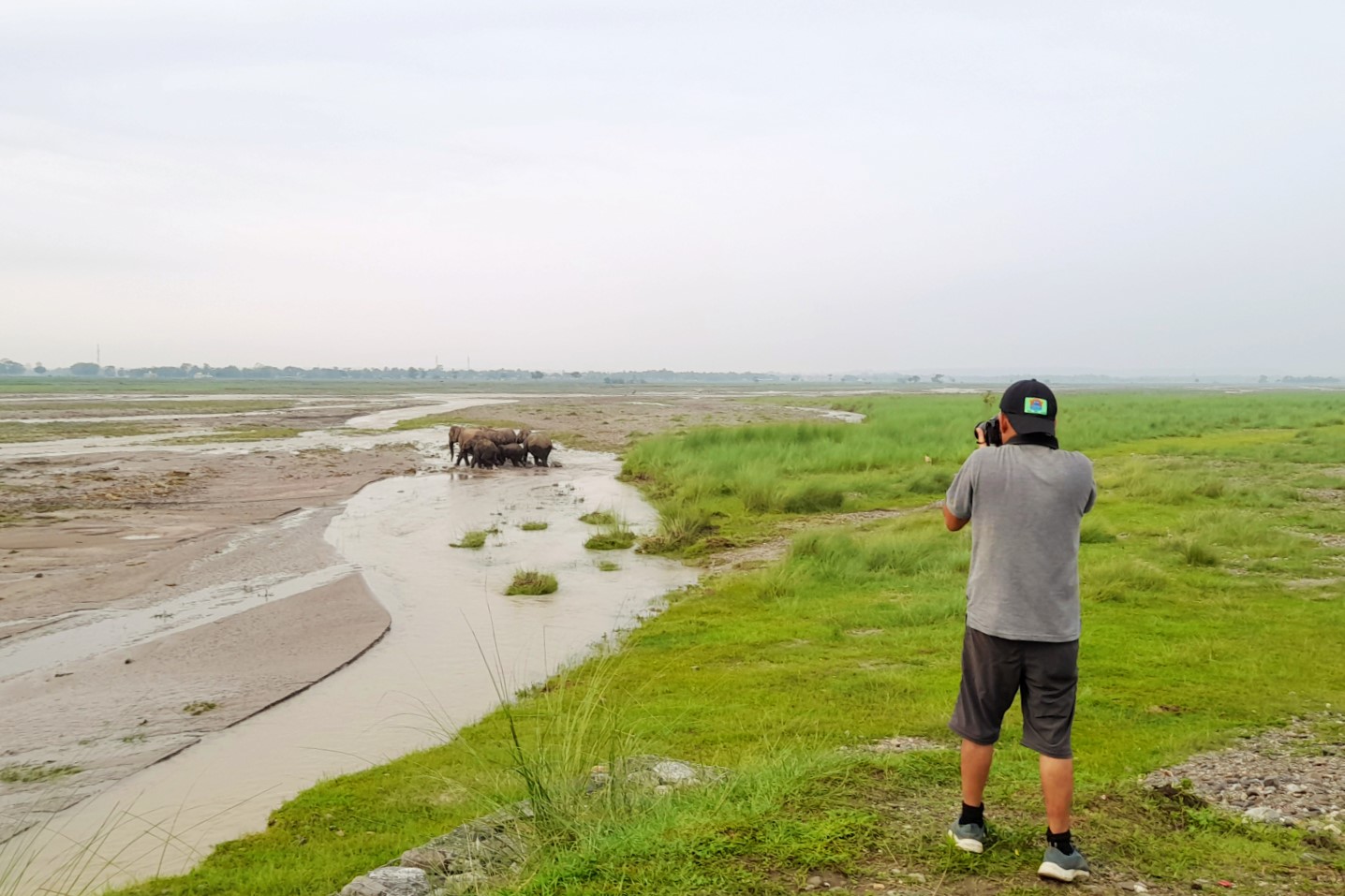Nepal is a habitat country for the Asian elephant (Elephas maximus), now with an estimated population of 250 that ranges across the Terai adjacent to India. During the past century, this region has undergone massive transformation with forests rapidly giving way to farmlands and residential settlements. Clashes between humans and elephants, therefore, have become inevitable.


Since 2019 LVDI International has been educating Nepali children about elephant biology through our Little Green Guards® program. In an effort to reduce incidents of human-elephant conflict (HEC) along the animal’s annual migatory route, we created The Terai Was Made for You and Me curriculum aimed to promote harmonious species coexistence. Leading this laudable cause is our Nepal Country Coordinator, Mr. Bishawanath Rijal, who has been on a mission to educate his fellow citizens about the elephant and a myriad of wildlife in his country.


Because the Asian elephant is considered as a cultural icon but also a pest here, it is not surprising that the students expressed a love-hate sentiment towards the animal as revealed by our survey results. Specifically, when asked to free list their five most favored and five least favored animals, equal numbers of students ranked elephants in both most favored and least favored categories. Despite the mixed feelings, when asked which wild animal was the most important species to save, the students distinctly chose the elephant. Such understanding of the students’ attitudes towards the elephant was prerequisite to our pedagogical design – in this case, aimed to mitigate HEC.

As with our other educational efforts, the elephant curriculum was designed to be participatory and contained diverse learning activities. Additionally, to enhance critical thinking, peer-to-peer learning, and creative self-expression, students were asked to contribute essays and artwork for a special issue of the Green Guard, our conservation magazine written by students for students. Such activities now have impacted over 50,000 students directly, and through extensive evaluations we know that our teaching methods not only improve retention of facts, but also increase understanding about conservation issues and the potential for action.

